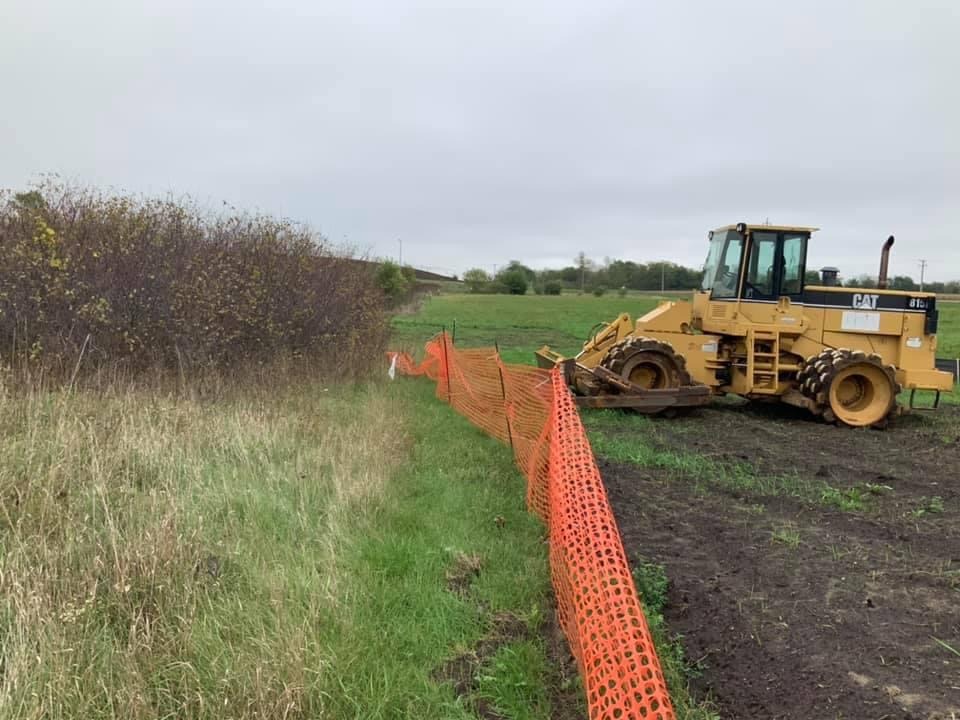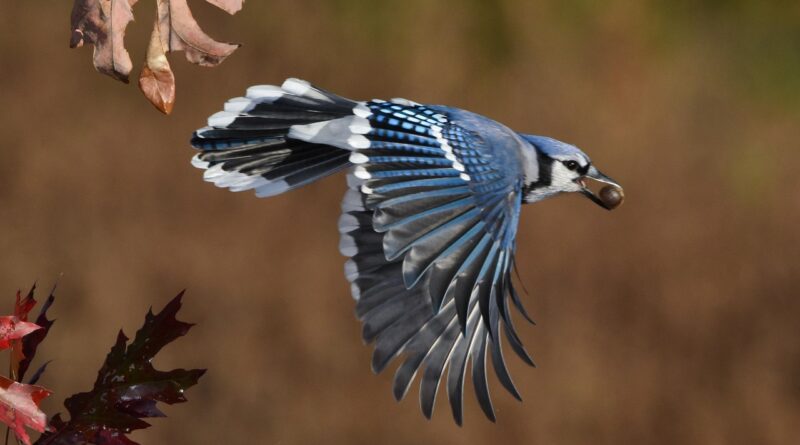Doug Tallamy on Saving Nature and Ourselves
Podcast: Play in new window | Download (Duration: 2:06:05 — 59.1MB)
Subscribe: Apple Podcasts | Spotify | Android | iHeartRadio | Podchaser | Email | TuneIn | RSS | More
(January 23, 2022) Sometimes I’m a lucky guy. I get to talk to people like Doug Tallamy. That’s pretty cool because Tallamy is changing the world. Or at least trying to. He has almost single-handedly created an important new area of ecological study. I don’t think it has an official name. He might call it “basic earth stewardship.” Or Homegrown National Park. Either way, it’s about everyone of us becoming aware of the nature around us and preserving it.

Because things don’t look good. On a page he calls Gardening for Life, Tallamy notes that in the United States alone
- We add 2 million additional acres of development per year
- The Chesapeake Bay watershed has lost 100 acres of forest each day since 1985.
- We have connected all of our developments with 4 million miles of roads, and their combined paved surface is nearly five times the size of New Jersey.
- We have planted over 62,500 square miles -some 40 million acres – in lawn.
In short,
We have turned 54% of the lower 48 states into a matrix of cities, suburbs, roads, airports, power and pipelines, shopping centers, golf courses, infrastructure, and isolated habitat fragments, with 41% more of the U.S. into various forms of agriculture. That’s right: we humans have taken 95% of the natural world and made it unnatural.
Despite that, Doug Tallamy remains an optimist. That’s why he has written books like Bringing Nature Home, Nature’s Best Hope, and his latest, The Nature of Oaks. Tallamy still believes that, by paying attention, preserving natural areas and planting natives, we can reverse the worldwide decline of biodiversity. I hope he’s right.
The Nature of Oaks
Meanwhile, he joins us again today to talk about all of the above, including The Nature of Oaks: The Rich Ecology of Our Most Essential Native Trees. Douglas W. Tallamy is a professor in the Department of Entomology and Wildlife Ecology at the University of Delaware. But he doesn’t write like an academic. His prose is engaging and disarming. Eventually, you understand that learning about insects isn’t painful at all! For instance, here he writes about oaks are considered keystone species.
In my county in Pennsylvania, 511 species of moths and butterflies develop on oaks–nearly 100 more species than their closest competitors, the native cherries. No other tree genus supports so much life. There is nothing unusual about my county, either; oaks are top life-support trees in 84% of the counties in North America, which is just about every county in which they occur.
Tallamy organizes the book by the months of the year. He starts in October (Oak-tober?) and finishes in September. Along the way, he introduces bird, insect and plants and their interactions with oaks during each month. As in his previous books, Tallamy’s message is clear. We must find a personal connection to nature in to save it and ourselves.
Doug Tallamy does a lot of public speaking. A lot. Here are a couple of events for area groups in just the coming weeks.
- January 30 – The Land Conservancy of McHenry County 31st Annual Celebration Brunch (in-person event; COVID-19 protocols apply–see event page)
- February 19 – Keynote address, The Prairie Enthusiasts Virtual Conference 2022 (more on TPE below)
The latest on Bell Bowl Prairie

In addition to talking about his life’s work, Doug Tallamy will comment on the effort to Save Bell Bowl Prairie. In a sense, that is his life’s work. We last devoted a segment to the looming destruction of this prairie remnant on November 20. Briefly, Bell Bowl Prairie is slated for destruction as part of the expansion of the Chicago Rockford International Airport. Since environmentalists and the general public became aware of the plan in August, there has been an effort to save this land. It now represents fully one quarter of remnant dry gravel prairie that still exists in Illinois.
In October, the Natural Land Institute filed a lawsuit for injunctive relief to stop the bulldozers. In December, the Greater Rockford Airport Authority (GRAA) filed a motion to dismiss the NLI’s suit. Just this week, NLI filed a response to the Greater Rockford Airport Authority’s motion to dismiss for lack of standing. That’s pretty much where we stand. The bulldozers could roll as early as March 1 if GRAA’s motion to dismiss is accepted.
Today, NLI executive director Kerry Leigh returns to the show to explain the situation in more detail. You can always get the full story at the excellent Save Bell Bowl Prairie website. Doug Tallamy will provide us with some insight from a national perspective. He says he receives pleas to help in this kind of situation about “once a week.” That’s discouraging. But it’s important to know.
The Prairie Enthusiasts

(Photo courtesy of Joshua Mayer)
Obviously, we need some good news. Try this. The Prairie Enthusiasts (TPE) is a private organization committed to the protection and management of native prairie and savanna of the Upper Midwest. They have just received an $895,000 grant from the U.S. Fish and Wildlife Service. That grant will help expand the Mounds View Grasslands Preserve through the purchase of the Hanley Farm and other properties in Wisconsin’s Driftless area about 30 miles west of Madison, Wisconsin.
It gets better. The Hanley Farm has been in the Hanley family since the 1880s. It features one of the most intact, highest quality unplowed prairie remnants in the Upper Midwest. TPE will be able to connect it to Mounds View and create a more than 900-acre contiguous preserve. Now that’s good news!
Debra Behrens recently became executive director of TPE. She joins us on the show today. Coincidentally, Doug Tallamy will be the keynote speaker at The Prairie Enthusiasts Virtual Conference 2022 on February 19. The conference runs from February 16-19.
So it’s going to be a great show today. See you online.


